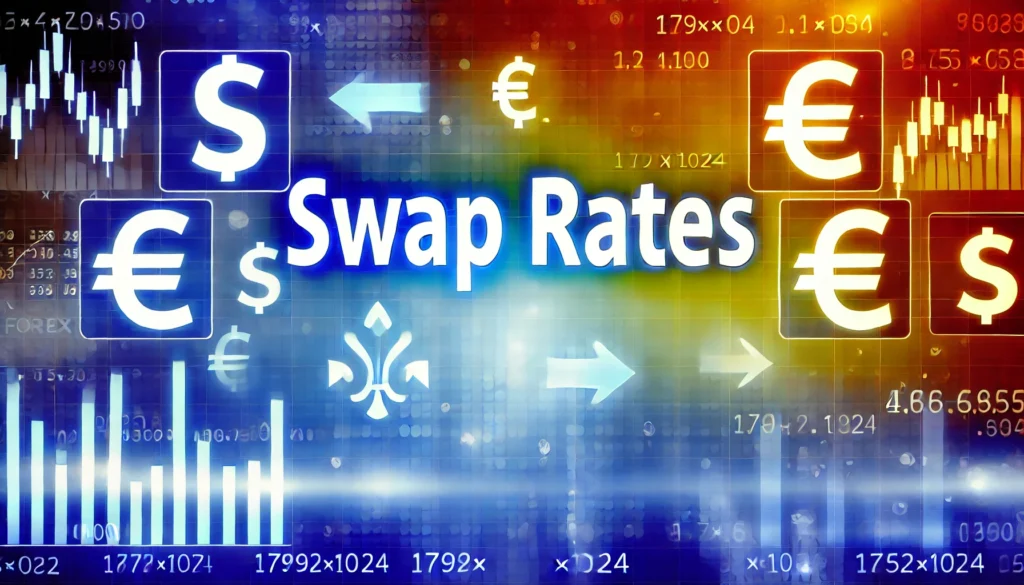The Martingale strategy is a high-risk, high-reward forex trading strategy that involves doubling down on losing trades to recover losses and achieve a profit. This strategy originated from 18th-century France and has been adapted for various forms of trading, including forex. What is the Martingale Strategy? The Martingale strategy is […]
Currency Pairs
Pair trading is a market-neutral trading strategy that involves taking simultaneous long and short positions in two correlated currency pairs. The primary goal is to exploit the relative price movements between the pairs, irrespective of overall market direction. What is Pair Trading? It involves selecting two currency pairs with a […]
Steven Cohen is a name synonymous with success in the financial world. Known for his exceptional skills in forex trading, Cohen has built a reputation as one of the most influential and legendary traders of our time. This article delves into Cohen’s trading style, strategies, and the impact he has […]
Automated forex trading has revolutionized the way traders engage with the forex market. By utilizing trading robots, also known as expert advisors (EAs), traders can execute trades automatically based on pre-defined criteria. While automated forex trading offers numerous benefits, it also comes with inherent risks. This article explores the advantages […]
Understanding how swap rates work in Forex trading can give traders a significant edge. This comprehensive guide explains what these rates are, how they impact your trading positions, and strategies to effectively incorporate them into your trading plan. What Are Swap Rates? Swap rates are interest fees charged or earned […]
Pivot point indicator is a popular technical analysis tool used by forex traders to identify potential support and resistance levels. These levels help traders make informed decisions about entry, exit, and stop-loss points. In this article, we will explore the concept of pivot points, how they are calculated, and how […]
In the world of Forex trading, understanding market movements is crucial. One such method to gain insights into market behavior is through Volume Trading. This strategy involves analyzing the volume of trades to make informed decisions about buying or selling currency pairs. In this article, we will explore the concept […]
Scalping in forex trading involves making numerous trades over short periods to capture small price movements. Metatrader 4 (MT4) robots, or Expert Advisors (EAs), can automate this process, enhancing efficiency and profitability. Here are ten MT4 robots specifically designed for profitable scalping. 1. Forex Scalping EA Key Features: High-Frequency Trading: […]
Forex trading can be complex and challenging, but understanding the relationships between different currency pairs can significantly enhance your trading strategy. One such relationship is forex correlation, which measures how pairs move in relation to each other. By effectively using forex correlation, traders can diversify their portfolios, manage risks, and […]
Forex trading involves various concepts and terms that traders need to understand to navigate the market effectively. One such term is the “Forex Swap.” In this article, we will explain what a Forex Swap is, how it works, its importance, and how traders can use it to their advantage. What […]










